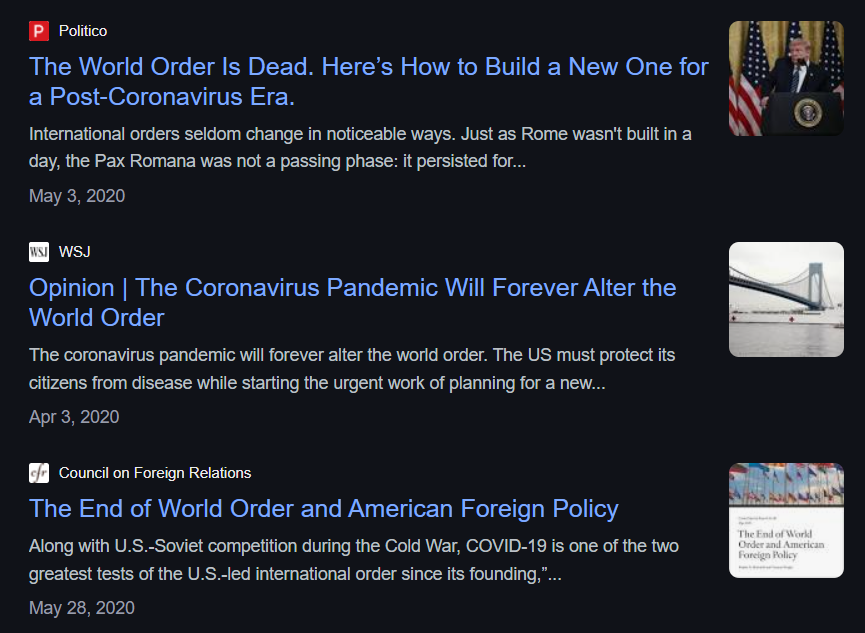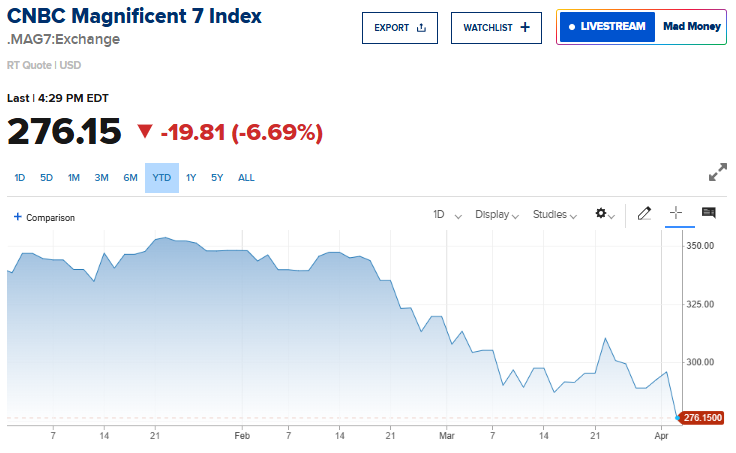Evaluating The Risk Factors: Sentiment, Valuations and Geopolitical
I’m sure my house wasn’t the only one full of family, love and fund — with lots of talk about the markets and the economy too. Monday’s historic Christmas Eve sell-off didn’t bring good cheer into the holiday.
After eight years of being steadily bullish and long stocks, and just as stocks were hitting new all-time highs repeatedly throughout the nine months of this year, I kept getting more cautious until I eventually became outright bearish back in September. I was worried about how sentiment had just gotten too wildly bullish and how valuations, especially in middling quality small and mid cap stocks — and, most importantly, how much economic/market risks had spiked, in large part courtesy of The Great Trade War of the 21st Century.
Those factors all contributed to what has now become a Crash-ish market. But the good news is that 2 of the 3 factors above have now improved. The bad news is that the most important one has gotten worse.
Sentiment, as the discussions at my house over Christmas Eve and Day, has become quite bearish and a growing sense of dread about the stock markets is the dominant emotion. I’m not sure Wall Street traders or Main Street investors are outright scared which would be bullish. The news headlines sure are full of fear though. And nobody is outright bullish right now, that’s for sure, and that’s bullish-ish. If the risk factor for the broader markets from sentiment was a 9 out of 10 back at the highs, I’d call them a 5 out of 10 factor now.
Valuations are no longer wildly overstretched. In fact, with many stocks down 40%, 50% or even more from their highs earlier this year, I’m starting to find some compelling long ideas to start scaling into. I’m not sure I’d call most of them “screaming buys” just yet, but I’m seeing a growing basket of names to sift through. On the other hand, I continue to find a lot of middling or even low quality small and mid cap stocks that are still trading at 3-5x next year’s sales estimates, which gives me a growing basket of names that I’m likely to start shorting. If the risk factor for the broader markets from valuations was a 9 out of 10 back at the highs, I’d call them a 5 out of 10 factor now. The stock markets, in general, aren’t wildly cheap yet, but they’re not wildly overvalued either. Indeed, as the 5/10 factor highlights, stock market valuations are about average.
And then there’s the risk factor from The Great Trade War of the 21st Century and a slowing economy and higher interest rates and confusion about actual wars in Syria and Yemen and what the US is doing with/to our (so-called?) allies in all these tangled webs of outright war that the US in involved in and Russia and China and… If the geopolitical economic risk factor for the broader markets was a 7 out of 10 back at the highs, I’d call them a 8 out of 10 factor now. When the second in charge from China’s largest telecom company getting arrested in Canada on request by the US and a Treasury Secretary scaring the markets about systemic collapse by telling us we shouldn’t be scared about systemic collapse, the economic/market risks are indeed something to worry about right now.
Here’s something to think about though — What happens if it all works out? What if corporate earnings continue growing strongly over the next year and China and the US agree to what some sort of treaty (the US side of which, of course, would be written by and for giant US global companies which would probably mean the treaty would be very similar to what we’ve already been doing for the last twenty years and would be very profitable and bullish for US giant global companies)? What if the real estate markets takes off again?
Even if it doesn’t work out, how low will we go and how long will we be there?
I’ve talked for years (ironically) about how the economic/stock market bubbles and busts that we live through run on “Internet time” which means they happen much more quickly than in decades past. Reading Ray Kurzweil’s “The Singularity Is Near” has helped me understand that I shouldn’t call this concept “Internet time” because that’s a bit too limited of an explanation for it. The fact is that mankind itself, our society specifically, is growing our innovation, prosperity and economies exponentially.
And if there will be billions of times more technological advances in the next few decades as there was for the first few millions of years of mankind’s existence, then you can imagine that the ups and downs and bubbles and crashes will play out many times in the next few decades but that the general trend of technology, society, the economy and the most Revolutionary Stocks in the markets, will all be quite hockey up over those next few decades.
Where does this analysis leave us? Feet-to-fire, I think sentiment and the oversold status of the stock markets are likely to help the markets put in a bit of a short-term bottom here and that we could get a pretty big rally early next year. That said, I’m still far from outright bullish about the next year or so.
Then again the other hand, the Nasdaq is already down 24% and many great stocks are down much more than that already too. Much of the crash in what could become an outright Crash, has already happened, and we’ve been in puts and lots of cash while this market became crash-ish. And now, I think it makes sense to have locked in most of the profits from the put hedges we put on while stocks were at their all-time highs but that most stay-at-home investors should still have lots of cash and remain plenty cautious.
I’ll be launching my hedge fund next Wednesday, which means there are only 2.5 trading days left before the launch. Next week, I’ll be building both longs and shorts and perhaps buying a few options too to get started and I’ll have more details about those trades then — because who knows where stocks will be in another 2.5 trading days, given the last 2.5 trading days.
So much homework, analysis, reading and writing to do, as the next 10,000 days are upon us. I’m on it.



